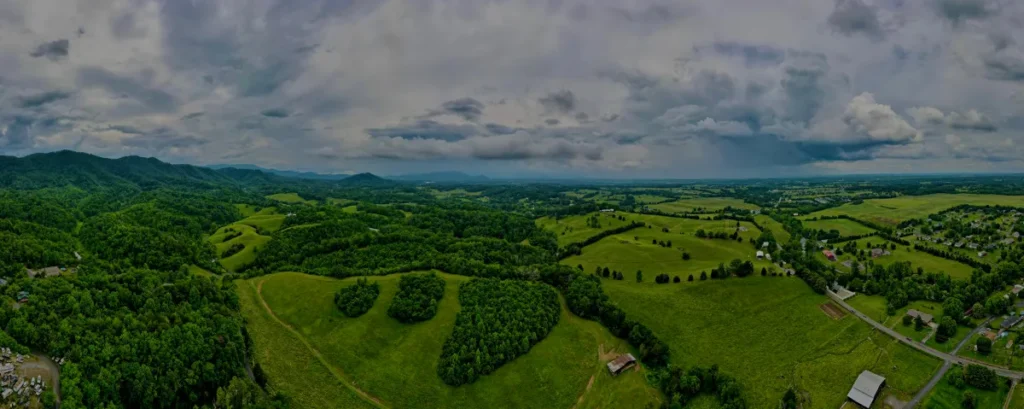Join the Premiere of "Every Last Mile: The Untold Story of Connecting Rural America"

NCTA and the Washington Post Live are partnering on Wednesday, June 26 at 4:00 p.m. ET for a special screening of the new documentary, “Every Last Mile.” The film chronicles the untold story of connecting rural America, following three broadband construction crews as they overcome obstacles to tackle the monumental challenge of ensuring every American, regardless of where they live, has access to digital infrastructure and the opportunities it brings. The screening will be followed by a roundtable discussion with Rep. James E. Clyburn (D-S.C.), Rural Utilities Service (RUS) Administrator
Coming Next Week – Every Last Mile: The Untold Story of Connecting Rural America

In today’s world, high-speed internet is the gateway to a world of opportunities. Access to fast and reliable broadband is especially important in rural areas, enabling people to participate fully in the digital economy with remote work opportunities, virtual learning, telehealth services and more. However, while internet access is essential, building out networks to America’s most rural locations is a dauting task. NCTA’s forthcoming docufilm, "Every Last Mile," explores the challenges and obstacles that internet providers face in wiring these communities. Overcoming obstacles While much of
New NTIA Data Shows More Internet Users Than Ever Before

As America continues to tackle the ambitious task to connect every corner of the country to the internet, the nation’s broadband leaders continue to be hard at work, extending their networks and upgrading speeds in communities of all sizes across the country. While the first few states have had their BEAD plans approved by NTIA, those projects are still a year or so away, as federal funds aren’t expected to be sent to projects until 2025. However, the ongoing hard work to bring next-generation networks to far-out communities moves forward, with new data from NTIA showing positive results for
Industry Stats: Broadband Continues to Expand Coast to Coast

As America works to connect every community to robust broadband—including the upcoming distribution of more than $40 billion in federal funds for building new networks—cable providers continue to do what they have always done: build superfast networks to reach as many Americans as possible.
Every Mile of Fiber Has a Story: Delivering Rural Broadband Nationwide

Connecting rural and far-out communities to broadband networks is no small task. The United States is home to a wide variety of geographies, from vast, arid deserts to swampy marshes, and from tundra to wide open plains, no two infrastructure projects are the same. Cable ISPs have been working diligently over the years to extend service to every American, whether they live on a remote island in Alaska or have suffered the devastating effects of a hurricane in Florida. To tell the stories of all the feats of engineering and hard work happening around the country, NCTA.com has a new interactive
America’s Expanding Broadband Networks Continue to Grow: The Mid-Atlantic Pt. 2

As America targets efforts towards connecting every community to robust broadband – including the distribution of more than $40 billion in federal funds for building new networks – cable providers continue to do what they have always done: build out their networks to reach as many Americans as possible. With network expansions continuing to happen nationwide, here are a few more examples of projects that work towards the national goal of connecting every American. To learn about other projects highlighted in previous blogs, be sure to check out NCTA.com. Maryland Comcast has announced it is
Comcast Unleashes Next-Gen Connectivity in Rural Pennsylvania

In an effort to improve connectivity and address the increasing demands of local residents, Comcast recently completed a noteworthy project in Jermyn and Mayfield, Pennsylvania. The company already has a robust presence in 54 counties across the state, and this expansion will serve more people in the Lackawanna County footprint, providing more than 2,100 new customers with residential broadband speeds up to 1.2 gigabits per second and business speeds up to 100 gigabits per second. The Jermyn/Mayfield Project is part of Comcast's broader commitment, including a $2.4 billion investment in the
NCTA Outlines Broadband, BEAD Landscape at Connected America 2024

Earlier this spring, broadband experts gathered in Dallas for Connected America 2024. Participants discussed new technologies, government programs, and what it takes to build next-generation broadband networks coast to coast. During the summit, NCTA’s Vice President and External & State Affairs Lead Rick Cimerman took time to chat with Total Telecom Editor Harry Baldock about Rick’s outlook and the top issues facing the broadband industry. Here are some takeaways from the interview: BEAD moves to the states The $42 billion in BEAD funds from the bipartisan Infrastructure Investment and Jobs
Rural Virginia County Thrives With Broadband

Highland County, Virginia Community Leader Speaks to the Importance of Broadband Access The $42 billion in federal Broadband Equity, Access, and Deployment (BEAD) funds is a clear nod to the critical role that broadband access plays in today’s digital world. The Federal Communications Commission (FCC) estimates that, even with the tremendous progress ISPs have made this past decade, there are still nearly 8 million Americans without access to the internet. Many of these folks live in the country’s hardest-to-reach, rural areas, where the cable industry works day-in and day-out to extend
New Report Confirms Cable Broadband Is Deployed Equally Regardless of Income or Race

As the U.S. continues to push forward on the important task of expanding broadband availability to all Americans without discrimination, it is important to understand the current state of play and how broadband networks are deployed today. A new study by the Vernonburg Group released today shows what other studies and analyses have shown before—cable broadband networks are deployed equitably across a wide variety of demographics. Equitable broadband access across income levels, race Data shows that low-income areas have similar access to cable broadband service as their high-income
